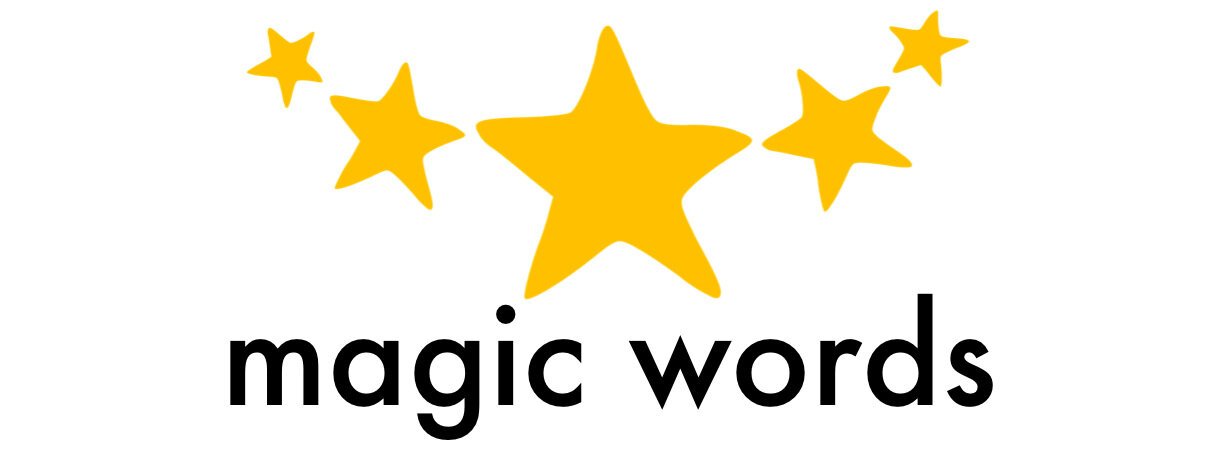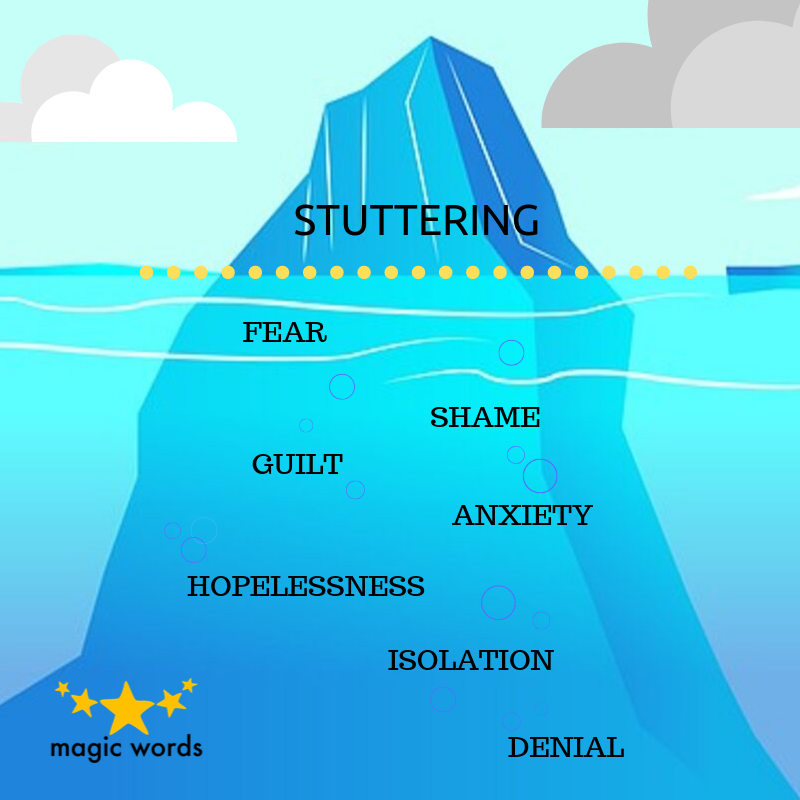What are attention and listening skills all about?
‘Attention and listening skills’, is a concept that we as speech and language therapists talk about regularly. So I decided for this blog, I will talk about this foundation of the communication pyramid (and no you don’t need to be Cleopatra to make sense of it!)
Often I hear parents and teachers use commands such as ‘Sit down!’, ‘Stop!’, ‘No!’, ‘Don’t do that!’ when children are not listening and running around like headless chickens. This can be during meal times at home or even in the classroom during reading lessons. We all know how daunting it can be when children don’t listen. This can be so stressful for parents and teachers. It can even cause emotional tensions within families. Well let me tell you this, if you struggle with children who don’t listen; you are not alone.
Does my child have problems with attention and listening?
Have a think about these questions:
· Can your child sit still?
· Can they keep their hands still e.g. without fiddling?
· Does your child look at the teacher or at you when you are talking?
· Can they concentrate when there is a lot of background noise like TV or music?
· Can they repeat an instruction back to you?
· Can they sound out words?
· Can they remember long words?
· Do they seem not settle with one activity, but tend to flit from task to task or toy to toy?
· Does it often look like they are tuning out?
If you have answered ‘yes’ to any of the questions above, your child may have difficulties with their attention and listening skills.
You may be wondering why are these skills so vital? Or do we really need this skill nowadays as humans? To answer these questions lets go back to the desert in Egypt. Imagine the builder wasn’t paying attention or listening and cut the first stone for the foundations of the pyramid to the wrong size. This would obviously be disastrous. Difficulties with attention and listening can have an impact on all areas of learning; if a child is not able to listen and pay attention, they will find it difficult to process and then utilise important information in lessons when it is given to them. And then success in their classroom learning will be very hard to achieve.
How to assess?
Based on Reynell’s research there are six levels of typical development of attention and listening, these levels may be used to assess and understand the child’s development of attention and listening skills in relation to the developmental norms. Remember; there is a huge variation on what is considered ‘normal’ and I would urge people to question whether the term ‘normal’ is really fair or useful anyway? Levels like these are useful for the most part as they help us to see a sequence of levels of attention and listening development. For example, if a child is at a particular level, these levels help us by telling us what that child needs to be able to do next, to push on forward with their skill development and to reach the next level. These levels are:
Level 1 (typically birth to 1 year): Child’s attention is fleeting, shifting from one object, person, or event to another. The child will get distracted immediately by any new event such as someone walking by.
Level 2 (typically 1 – 2 years): Single channelled attention and the child can concentrate on a concrete task of their own choosing, however, will not tolerate any verbal or visual intervention from an adult.
Level 3 (typically 2 – 3 years): Child’s attention is still single channelled, but the child is not able to shift their attention away from the current task and then go back to the original activity with adult support.
Level 4 (typically 3 – 4 years): The child can alternate his/her full attention (both visual and auditory) between the adult and the task and now does this spontaneously without adult support.
Level 5 (typically 4 – 5 years): Double channelled attention. The child understands verbal instructions related to the task without interrupting the activity to look at the adult. Concentration span can still be short; however, they can cope with group situations.
Level 6 (typically 5 – 6 years): The child’s attention is well established and sustained.
How to support?
Due to the huge importance of attention and listening skills, I am often asked by both parents and teachers about how they can support children to become better at paying attention or listening to them. So I tell them this true story:
One day a good friend of mine shared her super-secret mouth-watering ‘Honey Mustard Chicken’ recipe, something I had tried for years to get to her to share. She really quickly told me all the ingredients, how to cook and prepare the chicken. Once I got home and tried to cook it, I found I had completely forgotten some of the ingredients and was hazy on the method, leading to a somewhat disappointing chicken dinner. However, when I went back grovelling again for the recipe, she told me the recipe step by step with great instructions and even with pictures and videos of her making it (such a kind friend she is). Then I went home and made the dish, following her instructions and step by step guide and as you can imagine it was YUM.
What would you rather do? Attempt to remember a long stream of complex instructions or remember a simple step by step set of instructions, with pictures? You are probably like me and would opt for the second method. Well it’s the same for children following adult instructions as it is for us as adults who are given a recipe or a set of directions to get to a place; too much information and no structure or visual support and we can all fail.
Now I am not saying this is easy. I do realise it’s hard to find ways to keep children focused especially in this busy and fast-paced Netflix and iPad era we now live in. So below I have shared with you my nine easy tips to support your child’s attention and listening skills:
1. Always call your child’s name to gain attention. Like in a football match a player will call their teammate’s name when they want to pass the ball and get their attention.
2. Make sure you get your child’s eye contact before pointing to something, giving an instruction or asking a question as this not only shows them the good behaviour of eye contact but also helps to keep them focused.
3. We sometimes forget children are smaller than us, so crouch down and get down on your child’s eye level to make sure they can focus on you.
4. No one can focus on anything for too long. We as adults have our limits as well. We all need breaks from having to concentrate. So break times are important! This needs to be negotiated breaks with the child, for example giving 5 minutes’ free time once they have achieved a certain amount or focused on reading a book with you.
5. Praise! Everyone loves praise so give specific and positive feedback to the child about their listening skills with phrases such as ‘Thank you for looking at me’, ‘Well done for waiting your turn.’ Sticker rewards are an amazing and cheap incentive to help children to be motivated for good listening. I have been reliably told smiley face stickers are their favourite (so a group of my preschool children told me!).
6. In this manic world of noise and distraction try and create a quiet environment by reducing background noise such as TV before trying to get your child to listen to you.
7. If a child looks confused or you’re not sure they understood what you have said to them, encourage ‘active listening’ by asking if they have understood or listened. You can help children use this as a strategy to compensate for their difficulties with attention and listening.
8. Most vitally, like with my friend telling me the recipe, break longer instructions into short steps and leave plenty of time for children to process the information. Giving visual support to what you are saying is also highly useful.
9. As adults, talking about things we are interested in with our friends means that conversations flow. So when you’re talking to a child try to follow the child’s lead by talking to them about what they’re interested in or focused on. They will be more focused on the conversation if it’s interesting to them than if it’s not.
If you only remember only two pieces of advice from this blog, let it be these. Firstly: be like Cleopatra and make sure your child’s communication pyramid has a solid foundation. Without this structural base skill of attention and listening, everything else we try to build on it can end up wonky like poor Pharaoh Sneferu who has gone down in history as the Pharaoh who couldn’t build his pyramid straight! Secondly take heart in the knowledge that the Great Pyramid of Giza was not built in a day. It took many years and great patience to build. In the same way, developing a child’s attention and listening skills can take great perseverance and time, so do not worry if you do not get overnight success.


































































